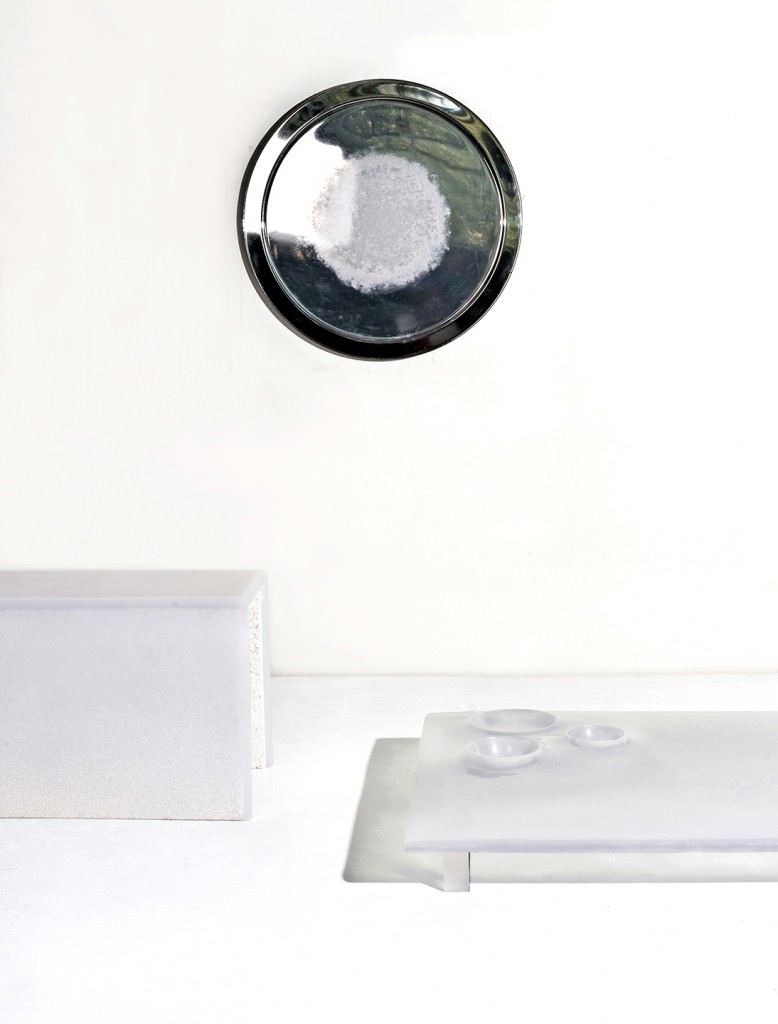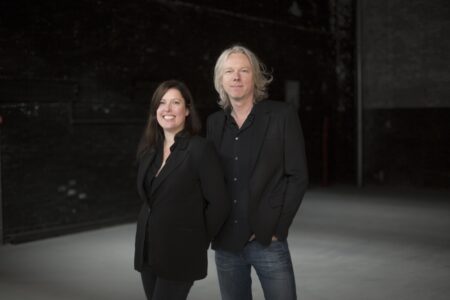Semi-Human Objects by Hongjie Yang
Designer Hongjie Yang investigates design implications of tissue engineering in a lab and the possibilities of growing human tissue into artificially designed forms.
Can objects be grown out of human tissue? In Semi-Human Objects, designer Hongjie Yang investigates design implications of tissue engineering in a laboratory and the possibilities of growing human tissue into artificially designed forms.
In the research, Yang worked with biomedical engineering professor Patricia Dankers from Eindhoven University of Technology. As a result, Yang and Dankers grew a vase with a surface of mono-layer of human kidney cells on a 3-dimensional scaffold.
“I envision that the adoption of this biotechnology in design will open up new aesthetic and perceptual possibilities,” states the designer. ”I believe this means that the socially coded distinctions between man and objects will collapse.”
Semi-Human Objects is a project conducted both in a lab and in conceptual design practice. The biotechnological research is complemented by a speculative collection of objects simulating the aesthetics of laboratory-grown design objects. The collection consists of a table, bench, and a mirror made of synthetic materials such polyester, which is used to simulate human tissue, as well as ceramics, textile and epoxy, which are used to represent scaffolding material from the lab. The furniture is accompanied by a series of smaller objects made of natural ox bone, with which Yang recently experimented in China. In the objects, the bone is integrated in brass.
“The project is grounded by the classical philosophy of the sublime, and it posits that the old dichotomy between man and objects will collapse by deriving objects from people,” states the designer. “It also offers a new definition and condition for the sublime in the post-natural age.”
Semi-Human Objects started as Hongjie Yang’s graduation project from Master department Contextual Design at Design Academy Eindhoven. The project will be exhibited at Design Academy Eindhoven Graduation Show during Dutch Design Week in Eindhoven, the Netherlands, on 17–25 October 2015.
The Semi-Human Vase will also be on display at exhibition Thing Nothing – The Meaning, Value and Future of Things at Van Abbemuseum in Eindhoven on 17 October–15 November 2015. •












